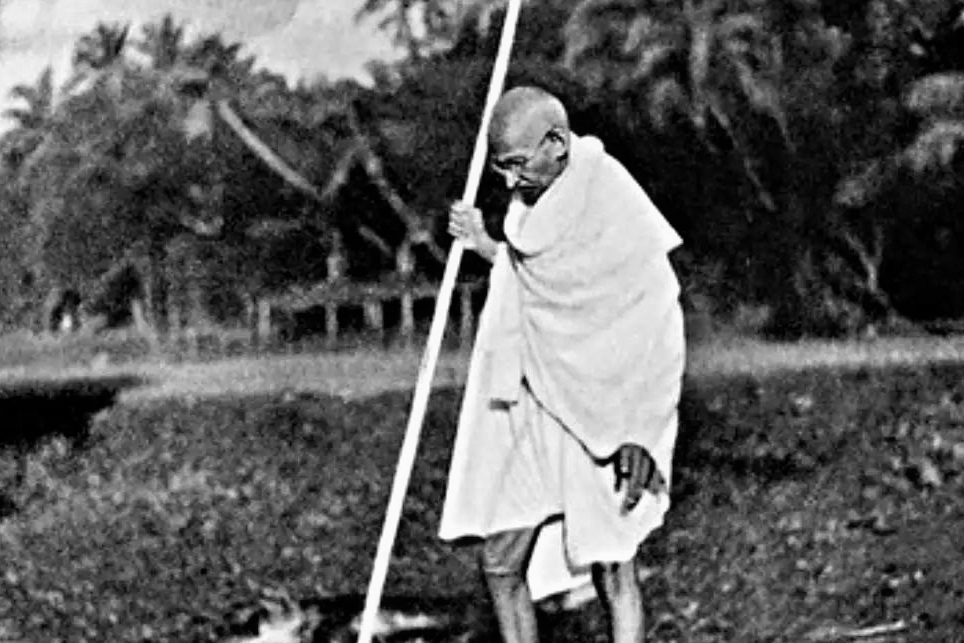Mahatma Gandhi, revered as the Father of the Nation, remains one of the most influential figures in the history of India and the world. His life, rooted in the principles of non-violence, truth, and justice, exemplifies the power of moral courage in the face of oppression. Mahatma Gandhi not only played a pivotal role in India’s struggle for independence but also inspired movements for civil rights and freedom across the globe. This detailed biography explores his life, philosophy, and legacy, showcasing his unparalleled contribution to humanity.
Early Life of Mahatma Gandhi
Mohandas Karamchand Gandhi, who later came to be known as Mahatma Gandhi, was born on October 2, 1869, in Porbandar, a coastal town in present-day Gujarat, India. His family belonged to the Hindu Modh Bania caste. His father, Karamchand Gandhi, served as the diwan (chief minister) of Porbandar state, while his mother, Putlibai, was a deeply religious woman known for her piety and self-discipline.
Young Mohandas grew up in an environment of religious devotion and moral strictness. He was deeply influenced by his mother’s fasting and simple lifestyle, which instilled in him the values of self-restraint and compassion. These early influences shaped Mahatma Gandhi’s character and laid the foundation for his later commitment to truth and non-violence.
As a child, Mahatma Gandhi was an average student, shy and introspective by nature. He attended local schools in Porbandar and later Rajkot. After completing high school, he moved to England in 1888 to pursue a law degree at University College, London.
Education in England
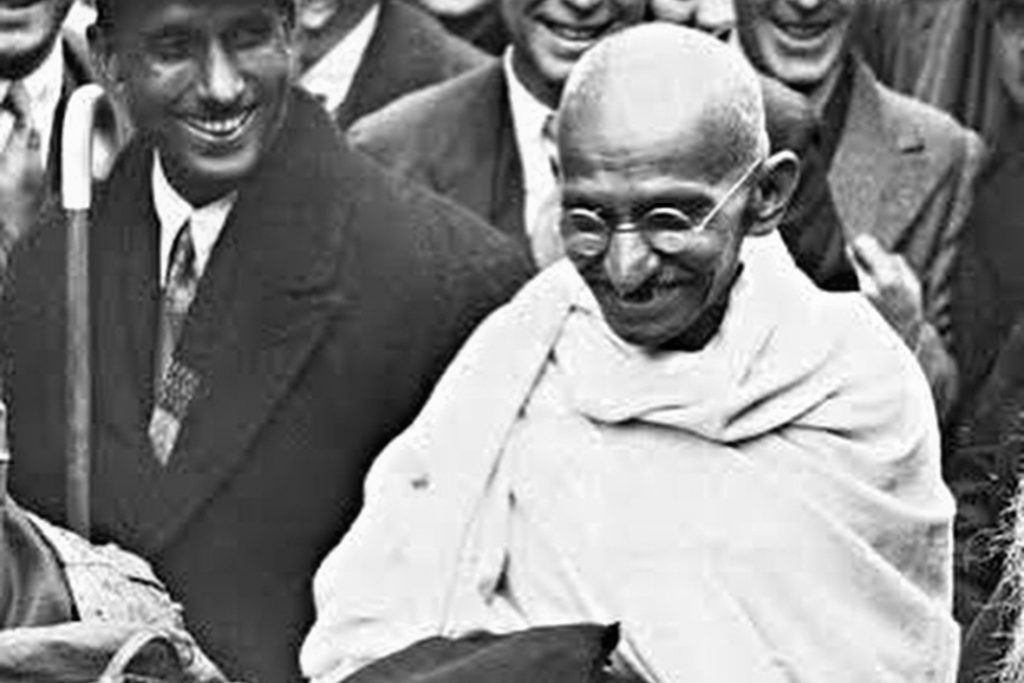
Mahatma Gandhi’s time in England was a transformative phase in his life. Initially hesitant to embrace Western culture, he soon adapted to his new environment while holding firmly to his Indian roots. He joined the Vegetarian Society, which introduced him to ideas of ethical living and the works of influential thinkers such as Henry David Thoreau and Leo Tolstoy.
During this period, Mahatma Gandhi began to explore the teachings of various religious texts, including the Bhagavad Gita, the Bible, and the Quran. The Bhagavad Gita, in particular, became a lifelong source of inspiration for him, reinforcing his belief in selfless action and moral duty.
Mahatma Gandhi’s Experience in South Africa
After completing his studies and returning to India in 1891, Mahatma Gandhi initially struggled to establish a legal career. In 1893, he accepted an offer to work for an Indian firm in South Africa. This decision proved to be a turning point in his life.
In South Africa, Mahatma Gandhi encountered widespread racial discrimination and injustice faced by Indians and other non-white communities. A defining moment occurred when he was thrown out of a first-class train compartment despite holding a valid ticket, solely because of his race. This experience ignited a determination in him to fight against such injustices.
Mahatma Gandhi spent 21 years in South Africa, during which he developed and refined the concept of Satyagraha, or “truth-force.” This philosophy of non-violent resistance became the cornerstone of his political and social activism. Gandhi organized protests against discriminatory laws such as the Asiatic Registration Act and led campaigns to improve the rights of Indian workers.
The success of these movements established Mahatma Gandhi as a leader capable of mobilizing people and resisting oppression through peaceful means.
Return to India and the Freedom Struggle
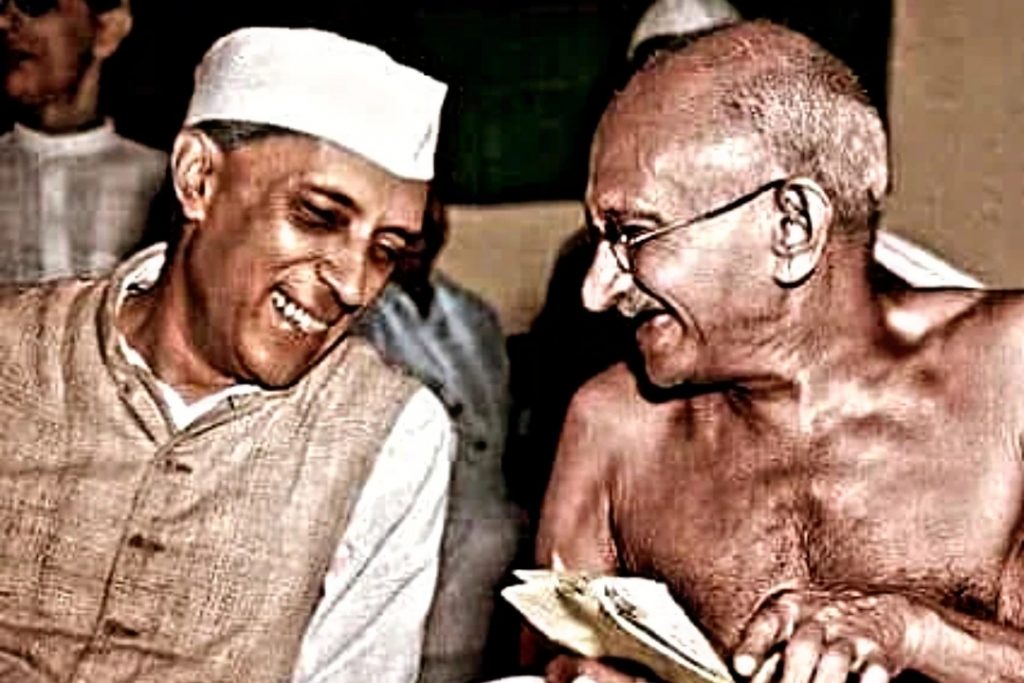
Mahatma Gandhi returned to India in 1915, at the request of prominent Congress leaders such as Gopal Krishna Gokhale. By this time, his reputation as a champion of justice and non-violence had spread far and wide. He traveled extensively across India, observing the social and economic conditions of its people.
Champaran and Kheda Satyagrahas
Mahatma Gandhi’s first major involvement in India’s freedom struggle came with the Champaran Satyagraha in 1917. Farmers in Champaran, Bihar, were forced by British planters to grow indigo under exploitative conditions. Gandhi’s intervention helped expose these injustices and resulted in significant reforms.
Similarly, in 1918, he led the Kheda Satyagraha in Gujarat, where farmers sought relief from oppressive tax demands during a famine. By organizing non-violent protests and negotiating with authorities, Mahatma Gandhi secured victories that demonstrated the power of collective resistance.
Non-Cooperation Movement
In 1920, Mahatma Gandhi launched the Non-Cooperation Movement, a nationwide campaign against British rule. He called for Indians to boycott British goods, institutions, and services while promoting Swadeshi, or self-reliance. He urged people to spin their own cloth (khadi) and support local industries.
The movement gained unprecedented mass support, uniting people across regions and communities. However, when violence broke out in Chauri Chaura in 1922, where protesters set a police station on fire, Gandhi called off the movement, emphasizing that non-violence must remain central to the struggle.
The Salt March and Civil Disobedience
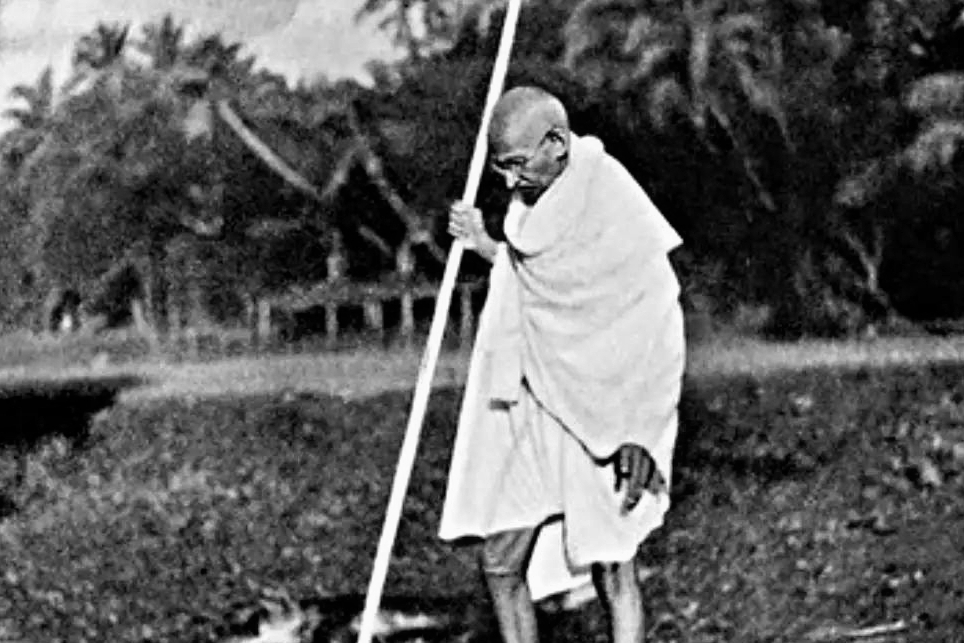
One of the most iconic events in India’s freedom struggle was the Salt March of 1930. Mahatma Gandhi led a 240-mile march from Sabarmati Ashram to the coastal village of Dandi to protest the British monopoly on salt. By making salt from seawater, Gandhi symbolically defied colonial laws, inspiring millions to join the Civil Disobedience Movement.
The Salt March was a masterstroke in political symbolism, highlighting how even the simplest acts could challenge a powerful empire. It brought global attention to India’s freedom struggle and established Mahatma Gandhi as a world leader in the fight for justice.
Quit India Movement
During World War II, Mahatma Gandhi launched the Quit India Movement in 1942, calling for the immediate withdrawal of British rule. He gave the famous slogan “Do or Die,” urging Indians to unite and resist colonial oppression.
The British responded with mass arrests, imprisoning Mahatma Gandhi and other leaders. Despite the crackdown, the movement intensified the demand for independence, making it clear that British rule in India was untenable.
Mahatma Gandhi’s Philosophy
Non-Violence (Ahimsa)
At the heart of Mahatma Gandhi’s philosophy was Ahimsa, or non-violence. He believed that true strength lay in love and compassion rather than violence and hatred. This principle guided his personal and political life, making him a beacon of hope for oppressed people worldwide.
Truth (Satya)
For Mahatma Gandhi, truth was the ultimate moral force. He believed that individuals must remain true to their conscience and speak the truth, no matter the consequences.
Sarvodaya
Mahatma Gandhi envisioned an inclusive society based on Sarvodaya, or “the welfare of all.” He championed the upliftment of marginalized communities, including Dalits, whom he called “Harijans” (children of God).
Economic Self-Reliance
Mahatma Gandhi emphasized self-reliance as a means of achieving economic independence. He promoted local industries, particularly hand-spinning and weaving, as symbols of self-sufficiency and resistance against economic exploitation.
The Partition of India
While Mahatma Gandhi worked tirelessly for a united India, the communal tensions between Hindus and Muslims eventually led to the partition of India in 1947. Deeply saddened by the violence and bloodshed that accompanied the partition, Gandhi spent his final days advocating for communal harmony, fasting and praying to bring peace between conflicting communities.
Assassination of Mahatma Gandhi
On January 30, 1948, Mahatma Gandhi was assassinated in New Delhi by Nathuram Godse, a Hindu nationalist who opposed Gandhi’s policies of non-violence and religious tolerance. His death shocked the world, and millions mourned the loss of a leader who had dedicated his life to the service of humanity.
Global Influence of Mahatma Gandhi
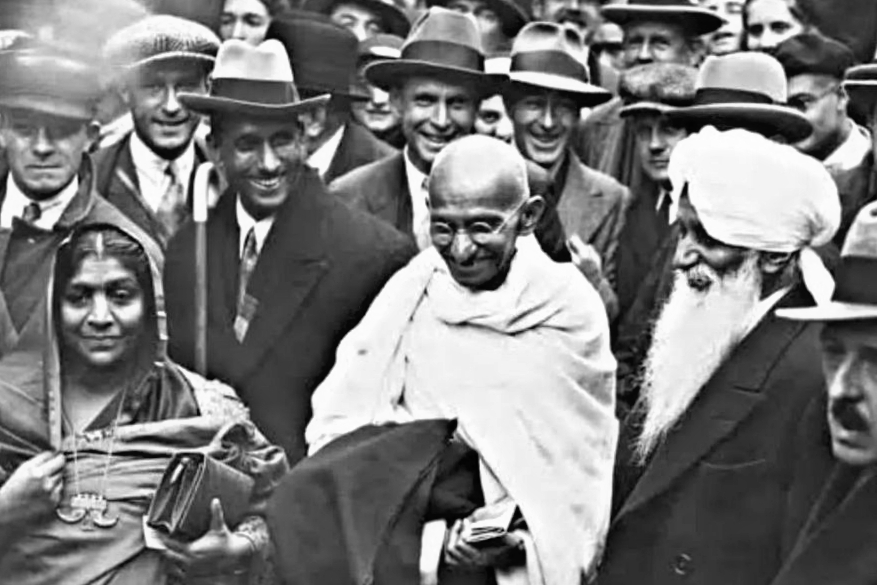
Mahatma Gandhi’s philosophy of non-violence inspired leaders and movements worldwide. Martin Luther King Jr. adopted Gandhi’s methods during the American Civil Rights Movement, while Nelson Mandela drew from Gandhi’s principles in his fight against apartheid in South Africa.
Legacy of Mahatma Gandhi
The legacy of Mahatma Gandhi lives on in India and beyond. October 2, his birthday, is celebrated as Gandhi Jayanti, a national holiday in India and the International Day of Non-Violence worldwide. His teachings remain a source of inspiration for addressing contemporary challenges such as inequality, conflict, and environmental sustainability.
Quotes by Mahatma Gandhi
- On Non-Violence (Ahimsa):
- “Non-violence is the greatest force at the disposal of mankind. It is mightier than the mightiest weapon of destruction devised by the ingenuity of man.”
- On Truth (Satya):
- “Truth never damages a cause that is just.”
- “An error does not become truth by reason of multiplied propagation, nor does truth become error because nobody sees it.”
- On Self-Discipline and Simplicity:
- “You may never know what results come of your actions, but if you do nothing, there will be no result.”
- “Live simply so that others may simply live.”
- On Leadership:
- “The best way to find yourself is to lose yourself in the service of others.”
- “A leader is useless when he acts against the promptings of his own conscience.”
- On Humanity and Justice:
- “The greatness of a nation and its moral progress can be judged by the way its animals are treated.”
- “You may chain me, torture me, even destroy this body, but you will never imprison my mind.”
- On Peace:
- “An eye for an eye will only make the whole world blind.”
- “If we are to teach real peace in this world, we shall have to begin with the children.”
- On Religion and Unity:
- “My religion is based on truth and non-violence. Truth is my God. Non-violence is the means of realizing Him.”
- “I do not want my house to be walled in on all sides and my windows to be stuffed. I want the cultures of all lands to be blown about my house as freely as possible. But I refuse to be blown off my feet by any.”
Quotes by Others About Mahatma Gandhi
- Albert Einstein:
- “Generations to come will scarce believe that such a one as this ever in flesh and blood walked upon this earth.”
- Martin Luther King Jr.:
- “Gandhi was inevitable. If humanity is to progress, Gandhi is inescapable. He lived, thought, and acted, inspired by the vision of humanity evolving toward a world of peace and harmony.”
- Jawaharlal Nehru (First Prime Minister of India):
- “He was a symbol of the conscience of mankind.”
- Barack Obama:
- “Mahatma Gandhi is someone who has inspired people across the world for the past century. His commitment to non-violence and his belief in living simply hold lessons for us all.”
Conclusion
Mahatma Gandhi’s life was a testament to the power of non-violence, truth, and selfless service. From his early struggles in South Africa to his leadership in India’s freedom movement, he demonstrated that moral courage and steadfast principles could overcome even the mightiest of empires. Mahatma Gandhi remains a symbol of hope, reminding humanity of the transformative power of compassion and justice.

